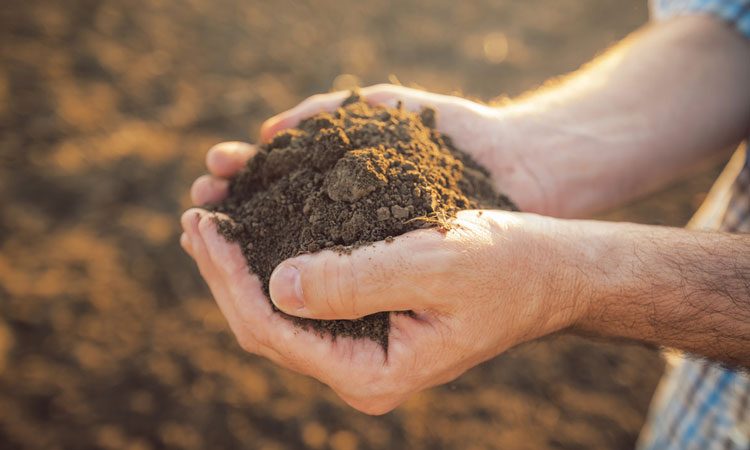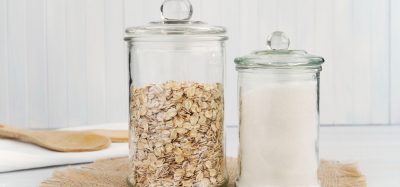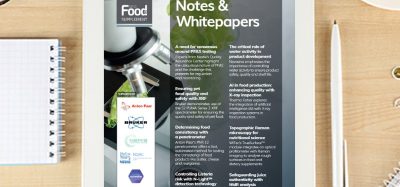Improving soil quality may slow global warming
- Like
- Digg
- Del
- Tumblr
- VKontakte
- Buffer
- Love This
- Odnoklassniki
- Meneame
- Blogger
- Amazon
- Yahoo Mail
- Gmail
- AOL
- Newsvine
- HackerNews
- Evernote
- MySpace
- Mail.ru
- Viadeo
- Line
- Comments
- Yummly
- SMS
- Viber
- Telegram
- Subscribe
- Skype
- Facebook Messenger
- Kakao
- LiveJournal
- Yammer
- Edgar
- Fintel
- Mix
- Instapaper
- Copy Link
Posted: 30 August 2018 | Iqra Farooq (New Food) | No comments yet
Researchers from the University of California have found that simple methods of improving soil quality could slow global warming.


A new study from the University of California, Berkeley has found that low-tech methods of improving soil quality on farms could pull significant amounts of carbon dioxide from the atmosphere, thus slowing climate change.
Practises such as planting cover crops, sowing legumes and optimising grazing could, if instituted globally, pull carbon from the air and store it in the soil.
The initial aim of the researchers was to determine whether practices like these could reduce global temperatures by at least 0.1 degree Celsius. They found that combining these techniques with vigorous carbon emission reductions meant that global temperatures could potentially reduce by 0.26 degrees Celsius by the year 2100.
“As someone who has been working on carbon sequestration for a long time, I have always had this question in the back of my mind, ‘Will sequestration in soils make a difference with climate change at a global scale?'” said study senior author Professor Whendee Silver from the University of California, Berkeley. “We found that there are a wide range of practices deployable on a large scale that could have a detectable worldwide impact. A big take-home message is that we know how to do this, it is achievable.”
The caveat, Prof Silver said, is that this “is only achievable if you couple sequestration with aggressive emissions reduction”. If carbon concentrations increase in the atmosphere, then sequestration becomes less effective at reducing temperature. She explained how we would have to pull much more carbon out to realise the same reductions.
The researchers calculated how much carbon would need to be sequestered from the atmosphere in order to decrease the temperatures 0.1 degrees under four different scenarios – from usual emissions to aggressive reduction of carbon dioxide emissions.
From their analysis, the researchers found that improving soils quality could reach and potentially exceed the set goal. Improving the quality of soil tends to also increase the biomass of crops, grass and roots. This would result in an increased amount of carbon stored in the soil, as plants use carbon dioxide to photosynthesise.
“These are very commonly used approaches, though people don’t use them to sequester carbon – they are doing it for other reasons. Anytime you increase the organic content of soils, you are generally increasing the fertility, water-holding capacity, sustainability, decreasing erosion and general resilience to climate change,” said Prof Silver, a biogeochemist who holds the Rudy Grah Endowed Chair in Forestry and Sustainability. “Sequestering carbon is a side benefit.”
“Agriculture is often portrayed as the villain in climate change. What is exciting is that, not only can agriculture contribute to solving the problem, but it can do so in a way that actually improves agricultural soils.”
The researchers published their findings in the journal Science Advances.
Related topics
Environment, Research & development, Sustainability, Temperature control









